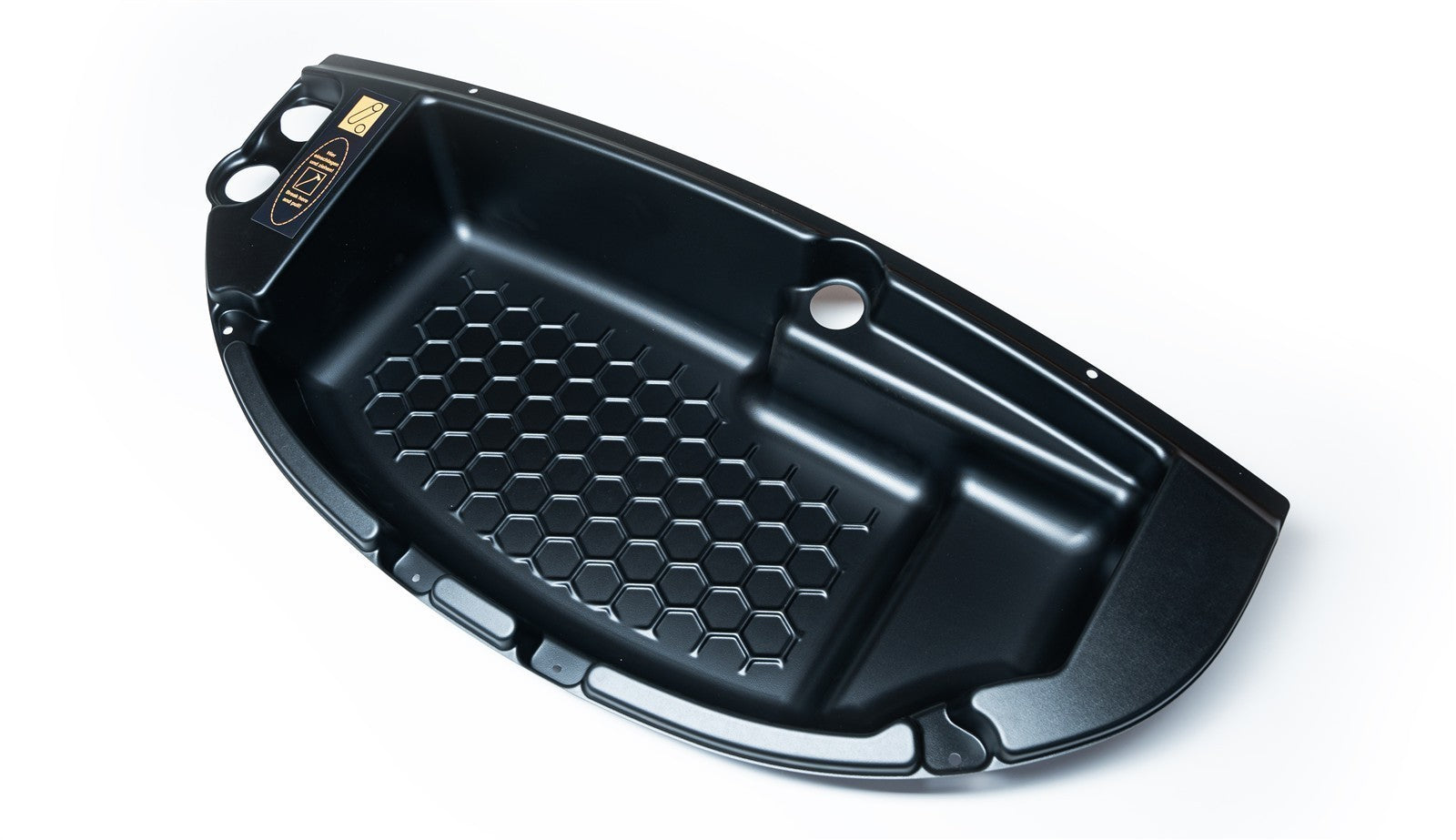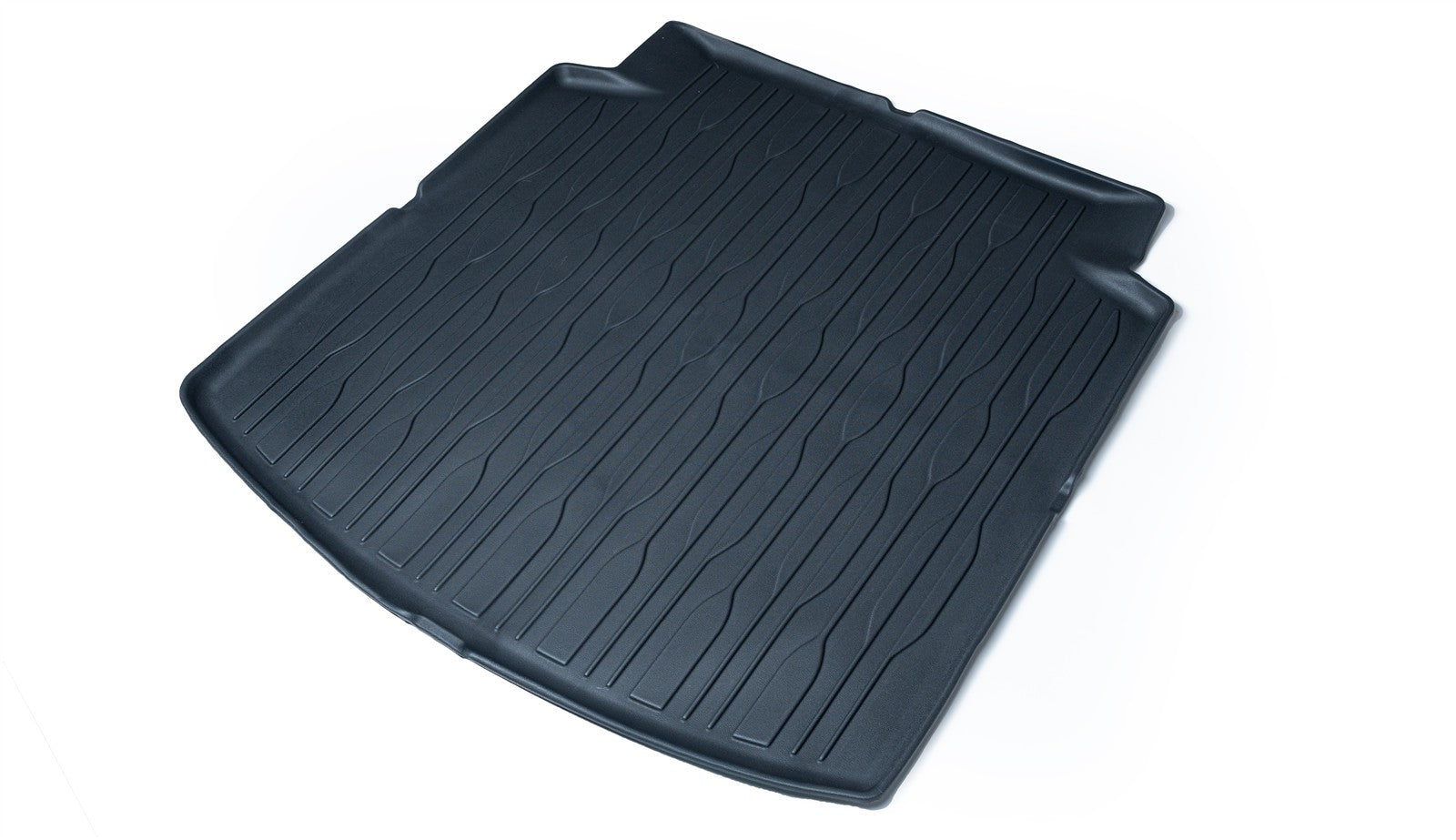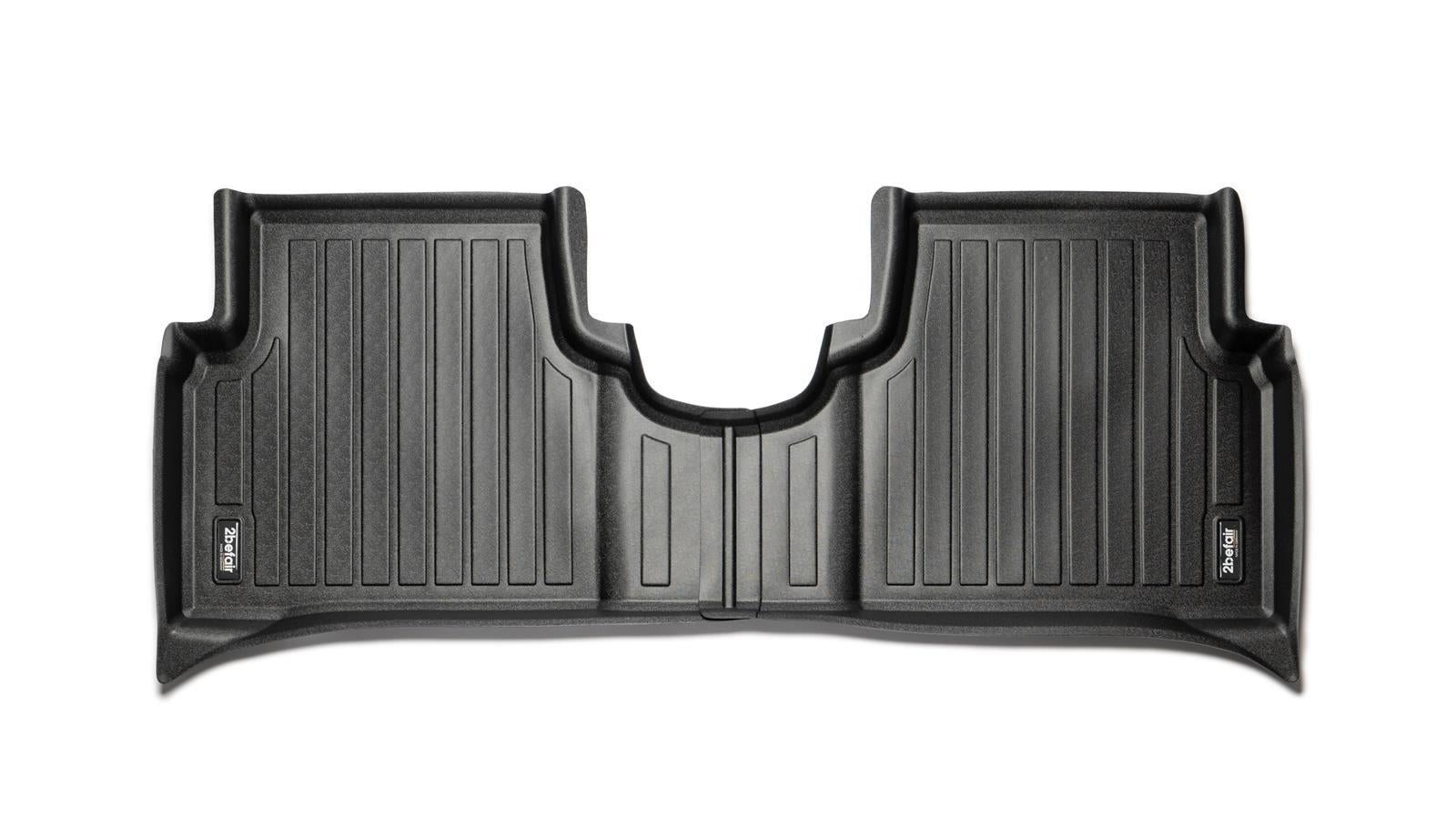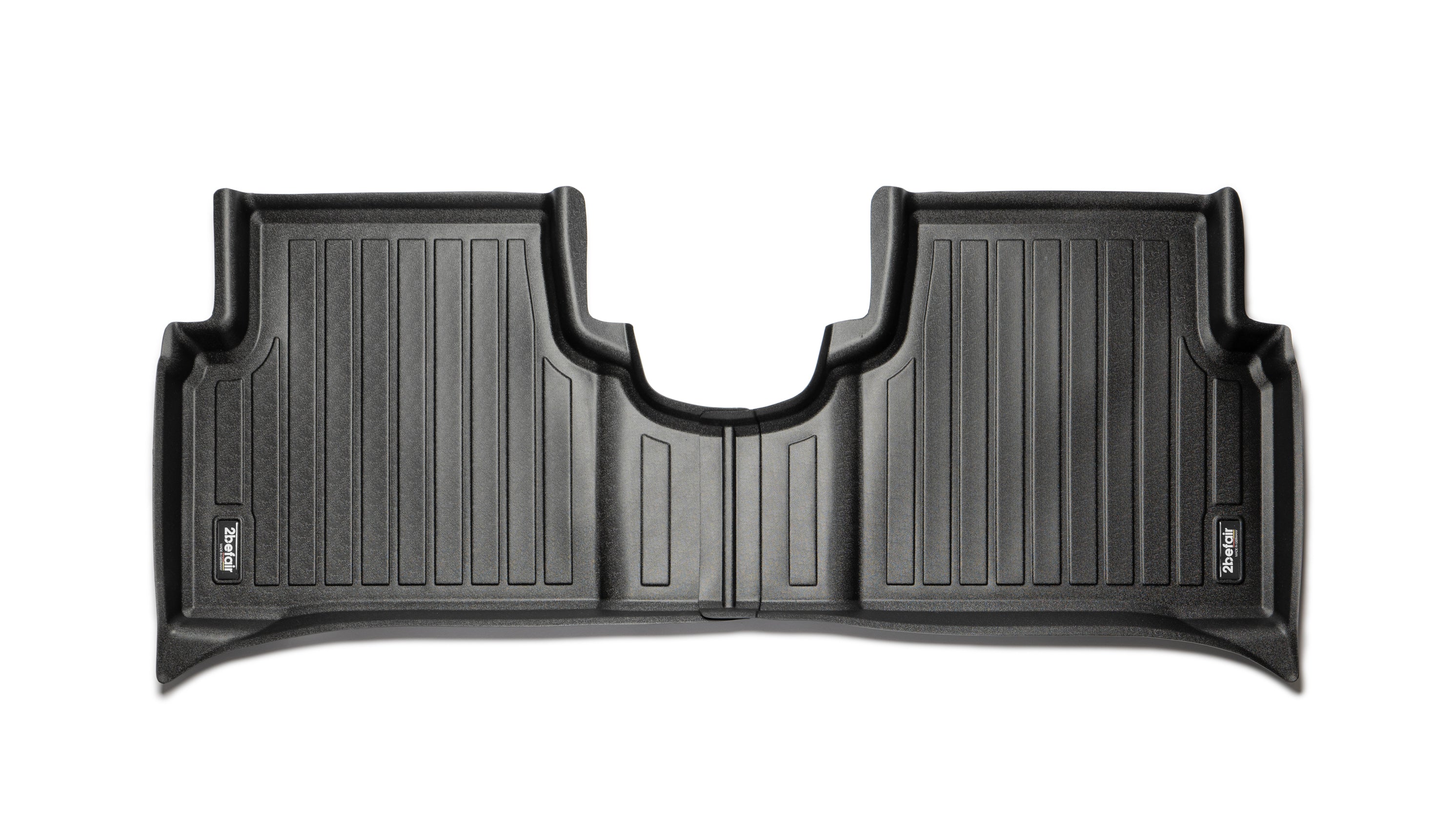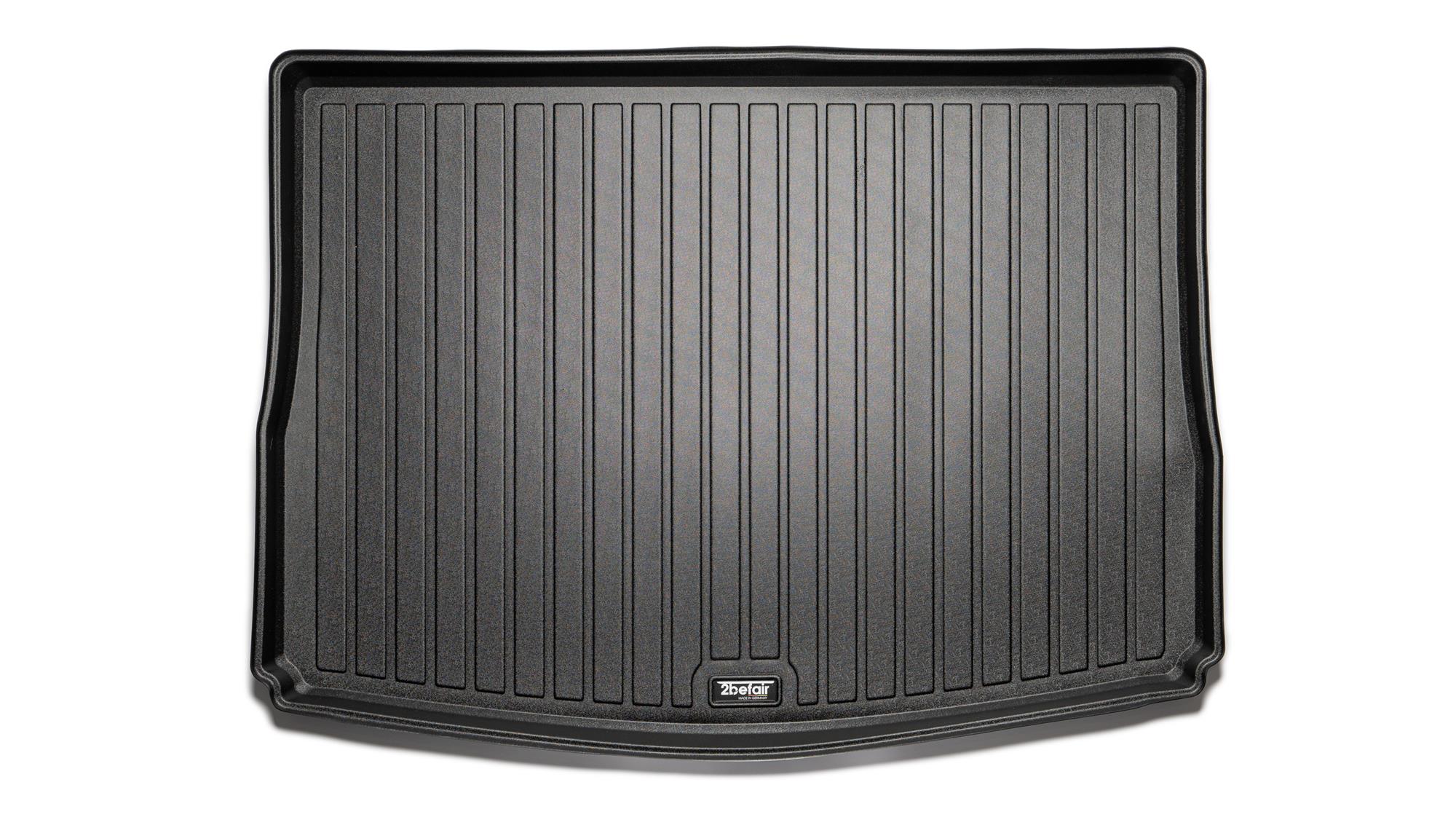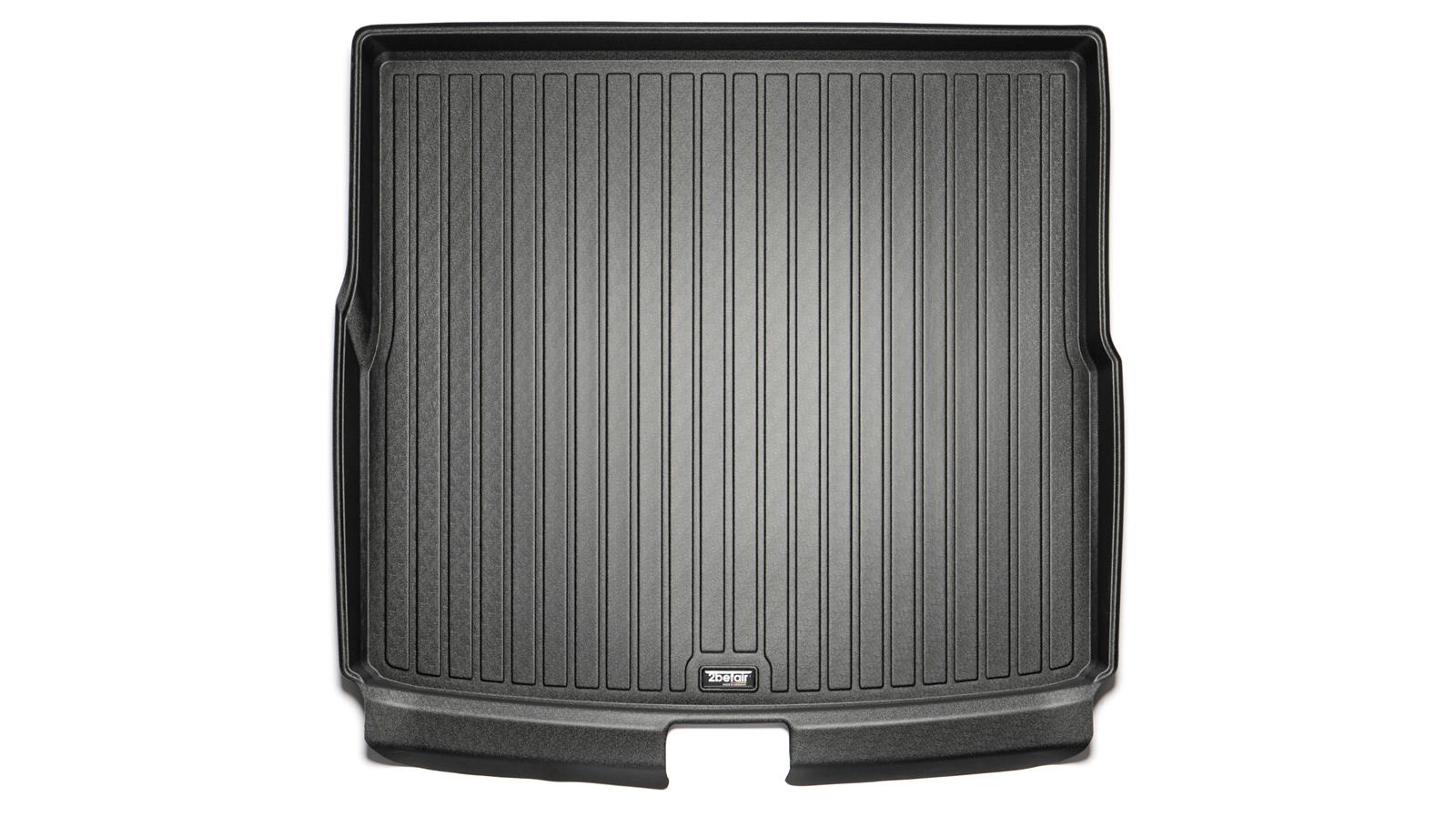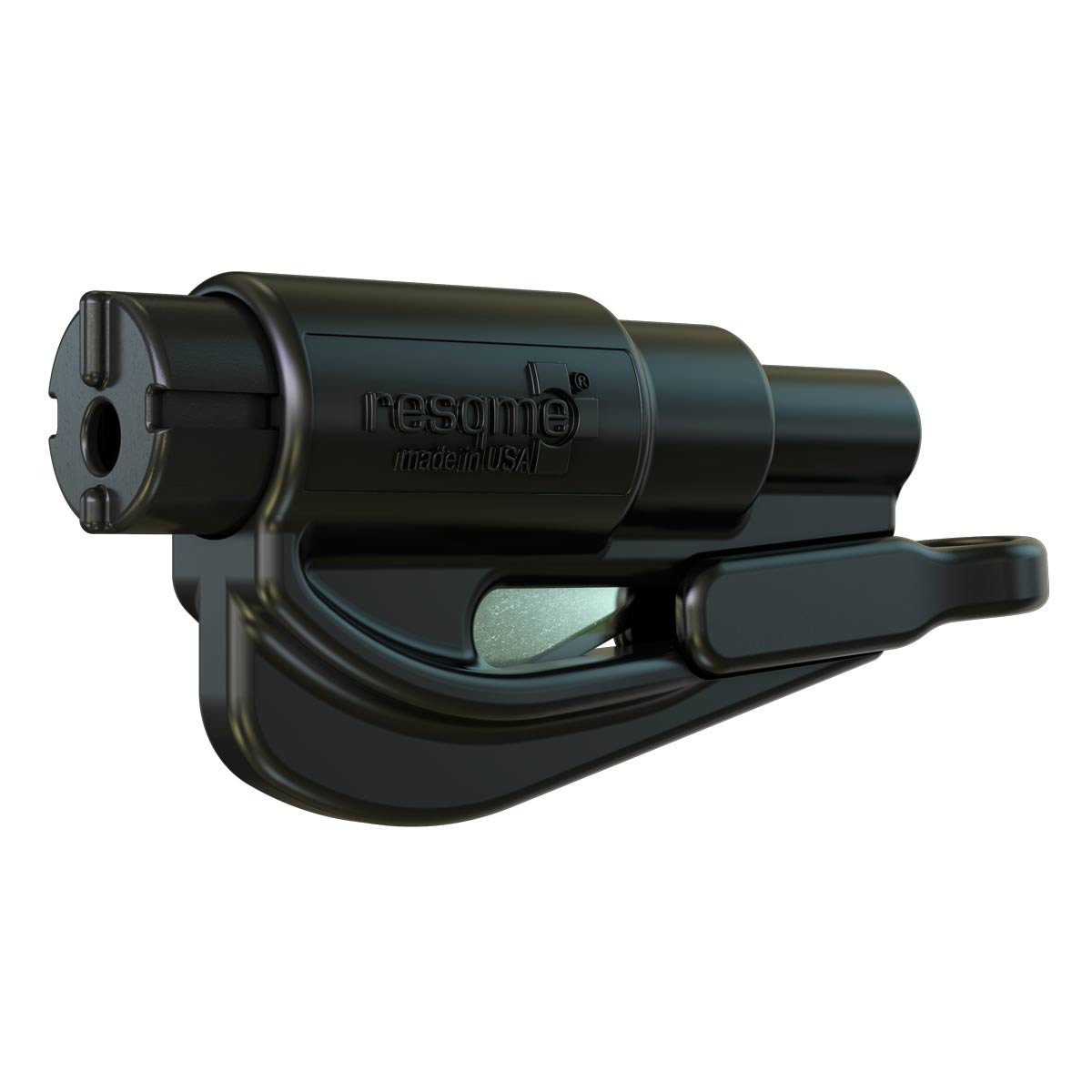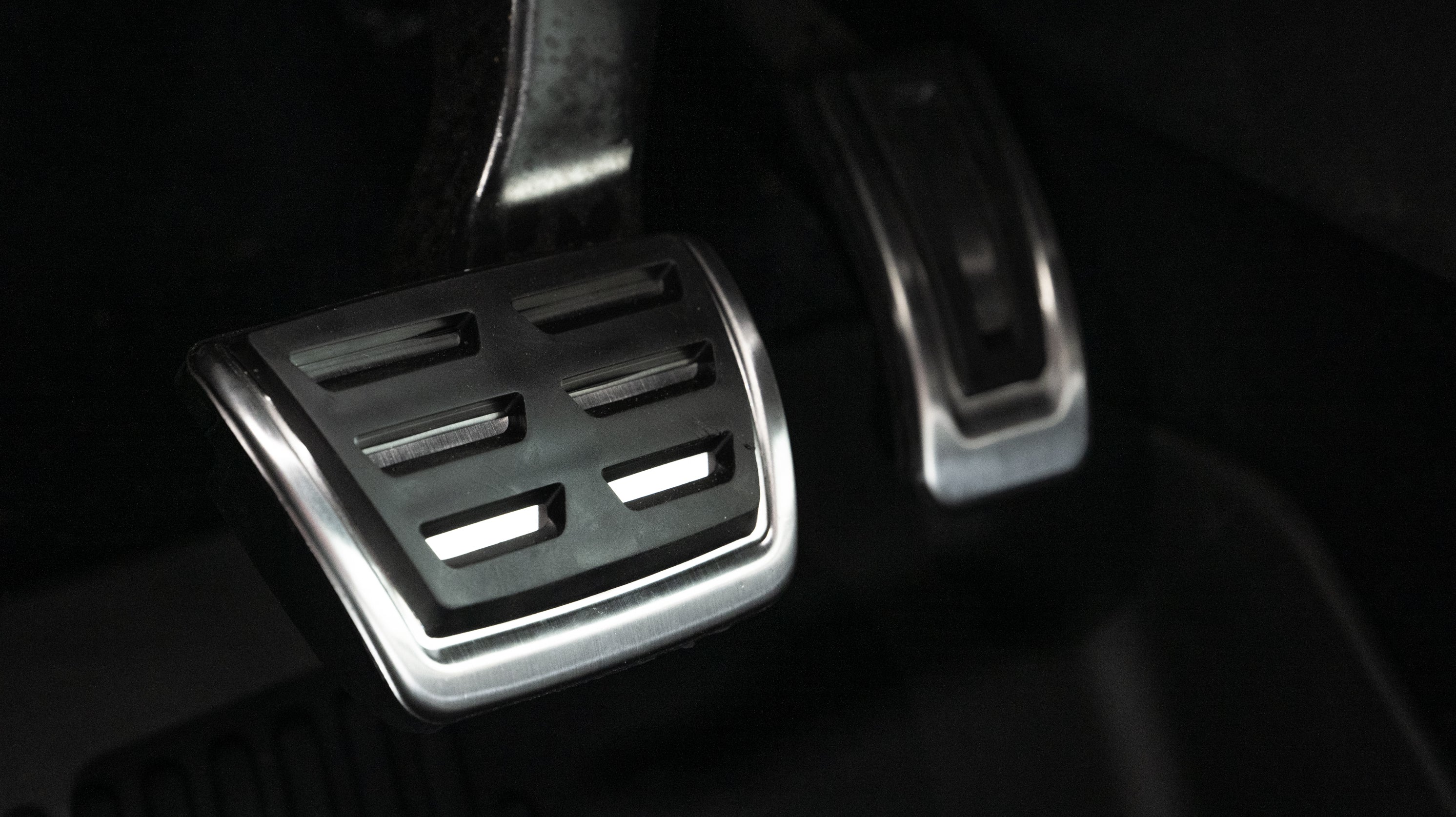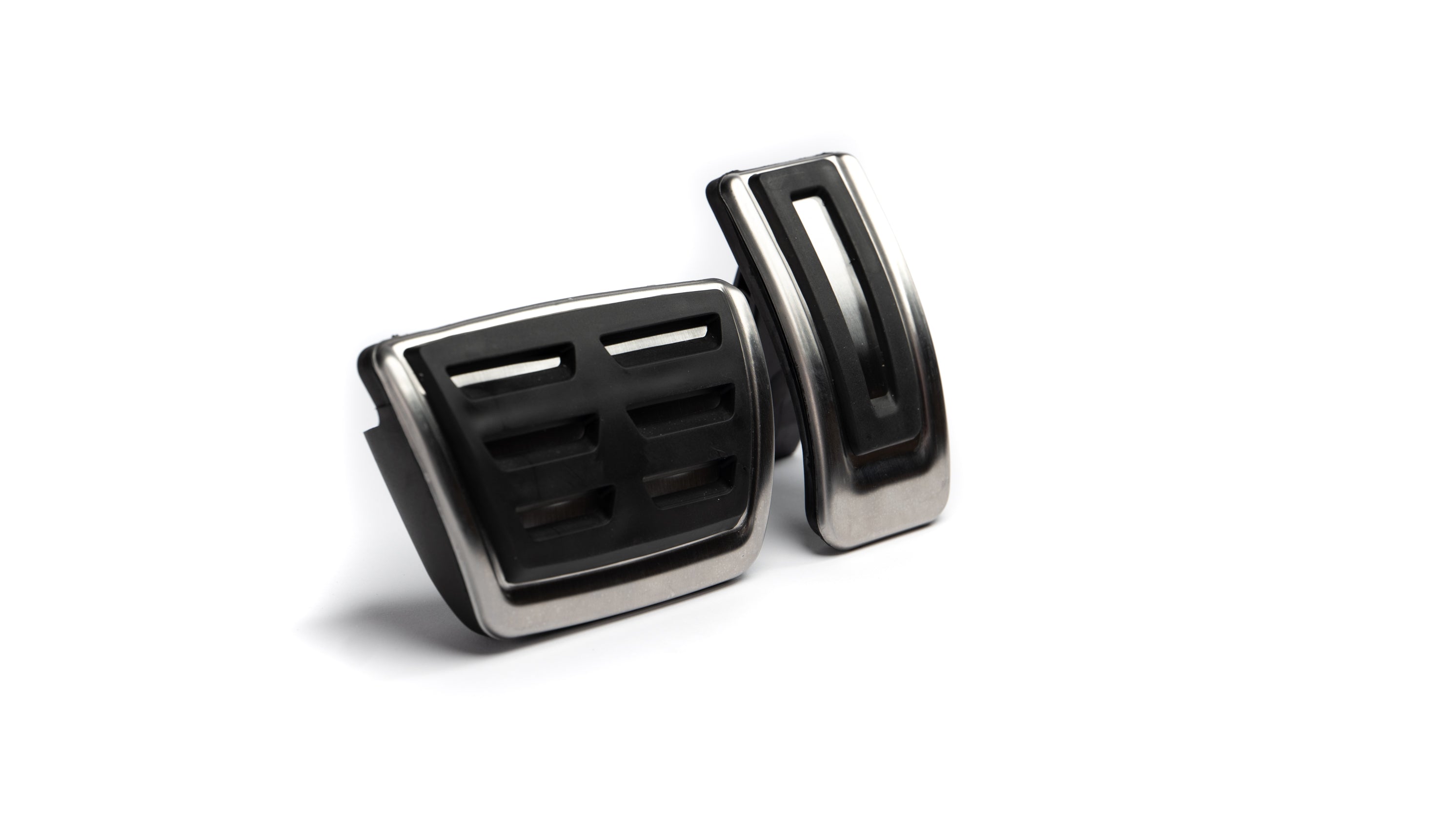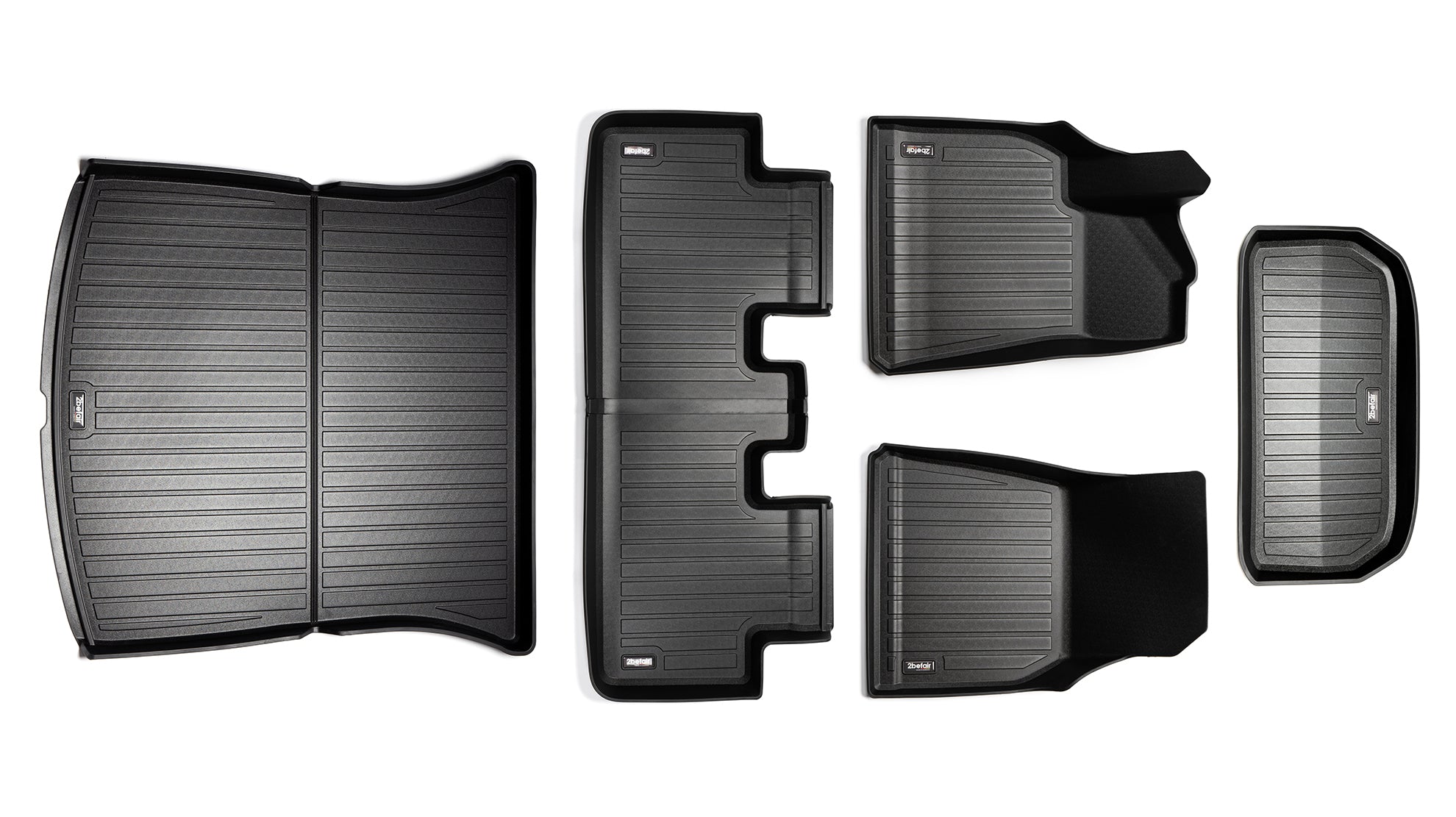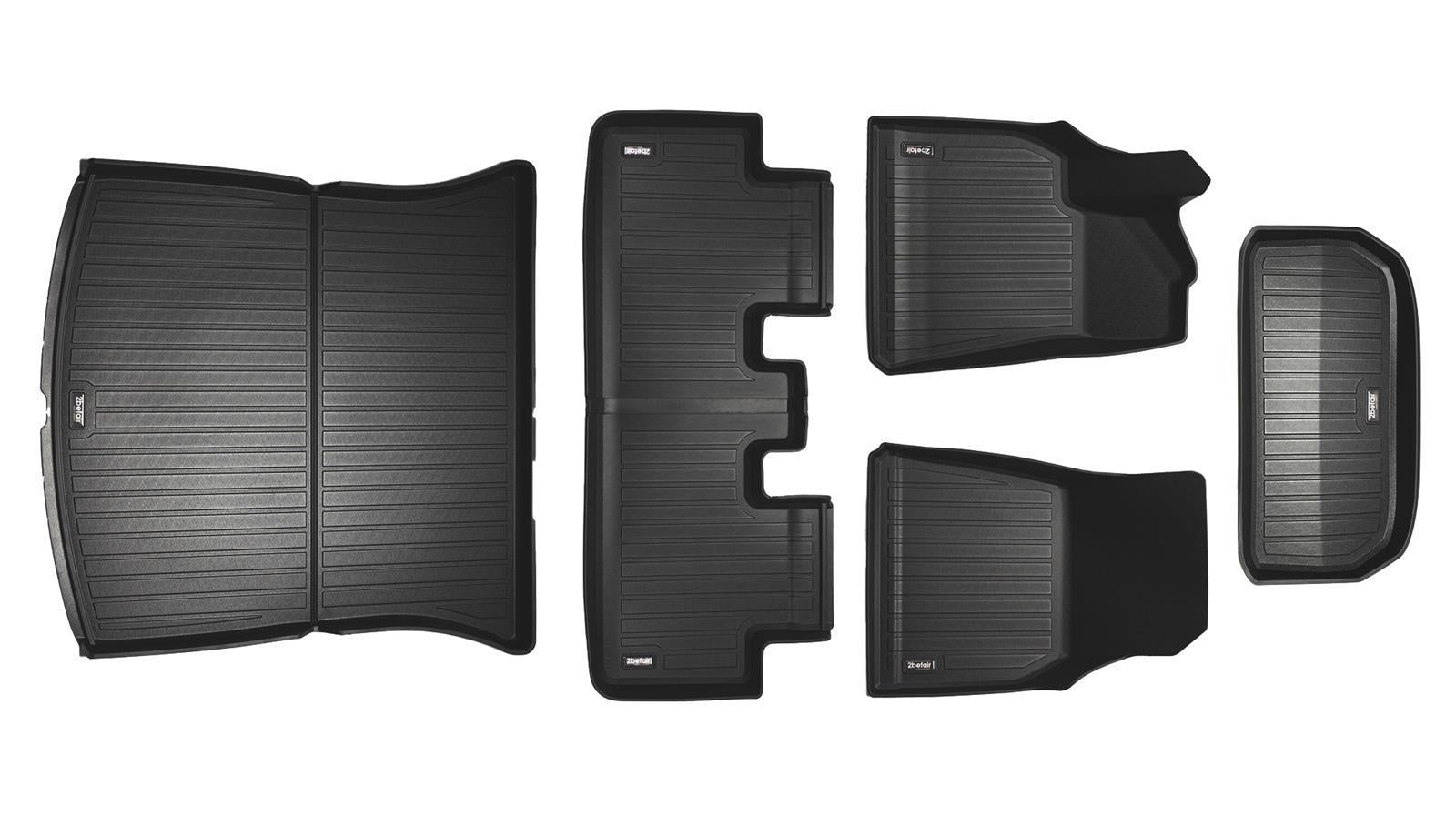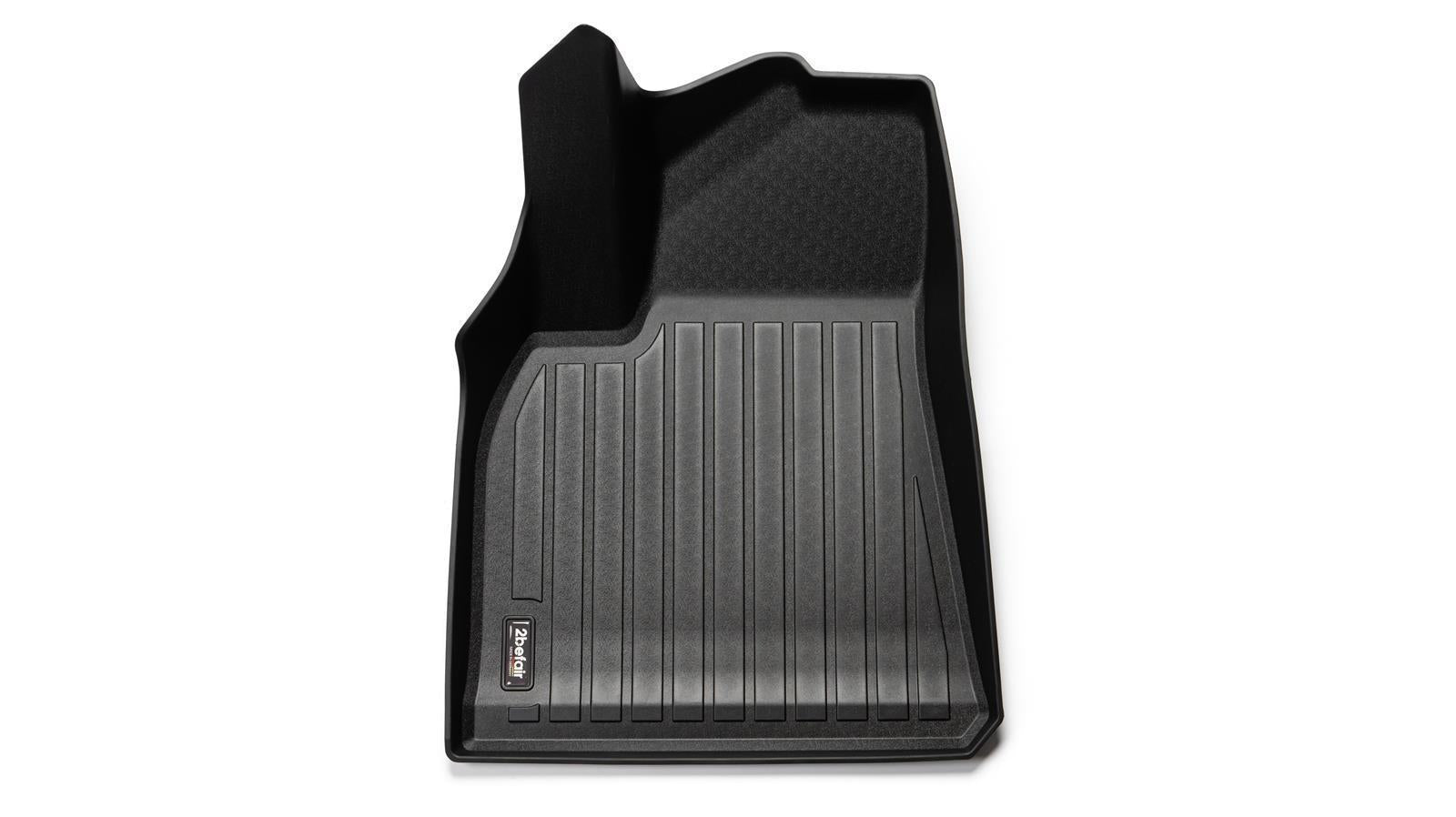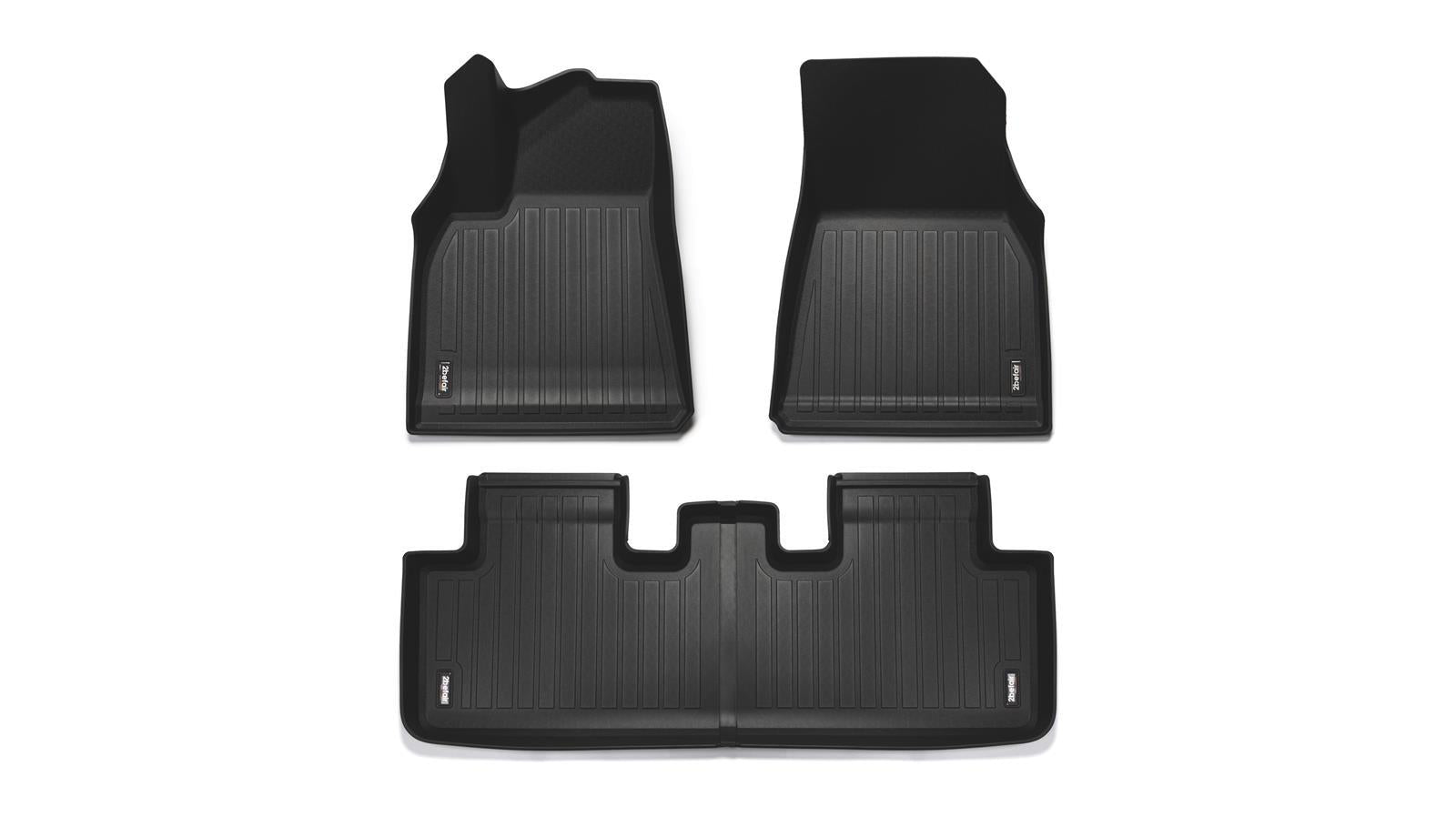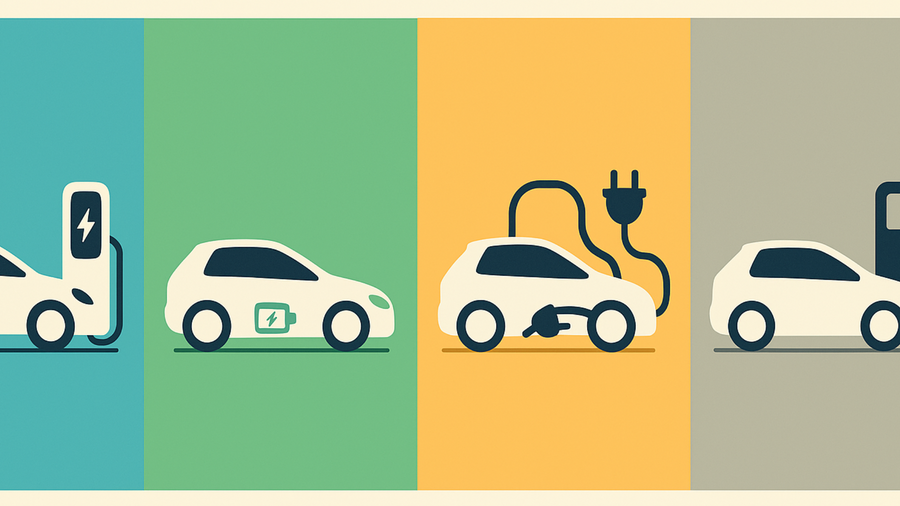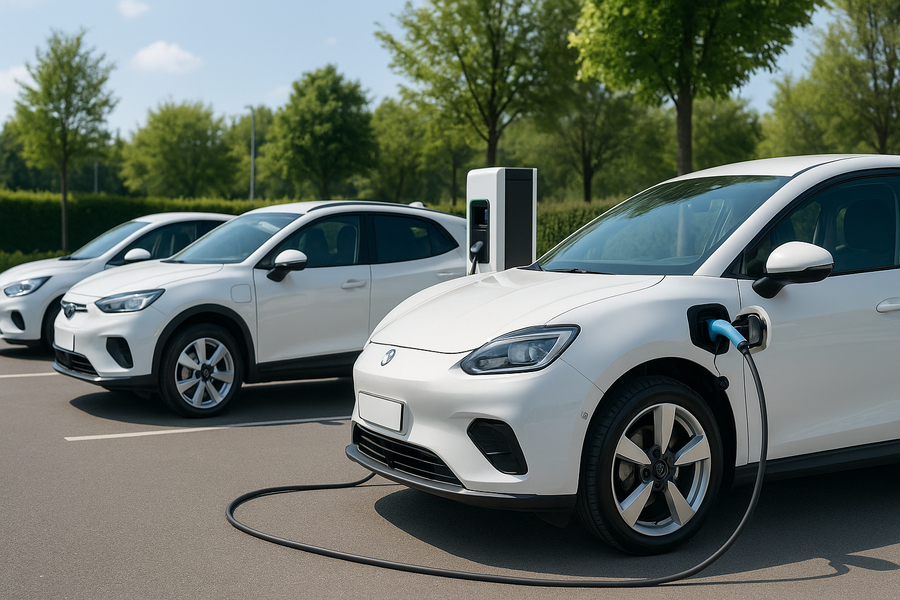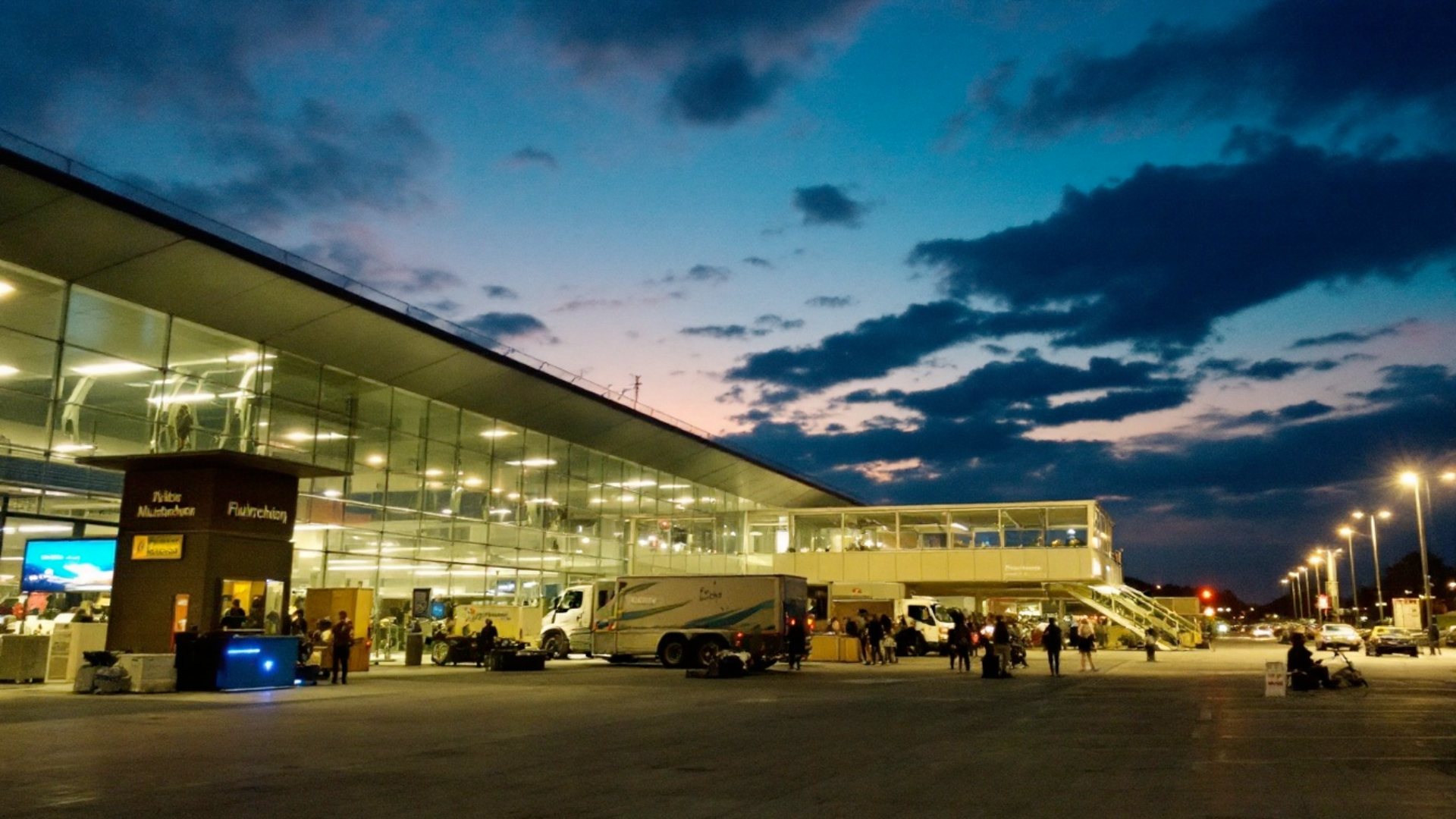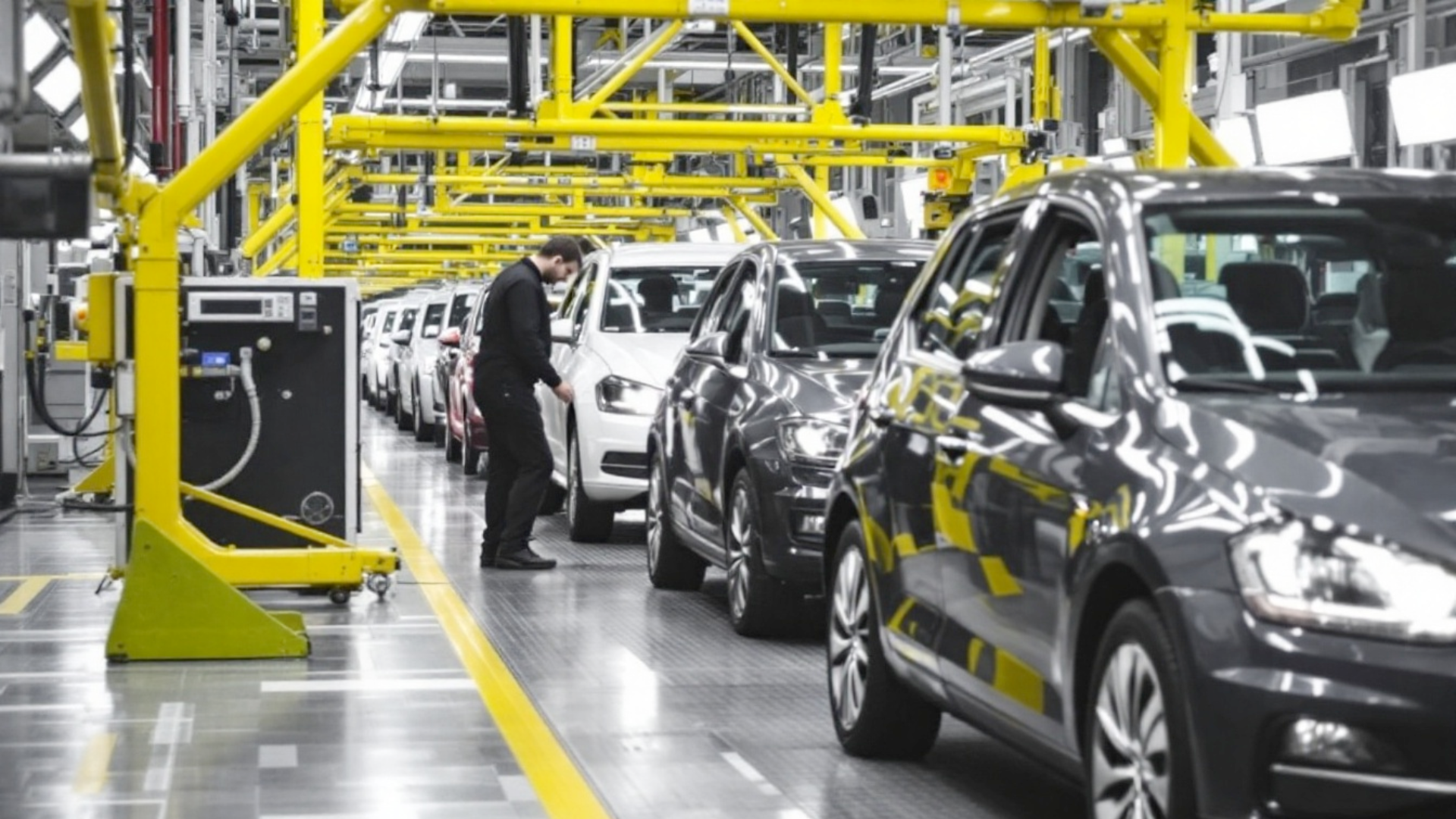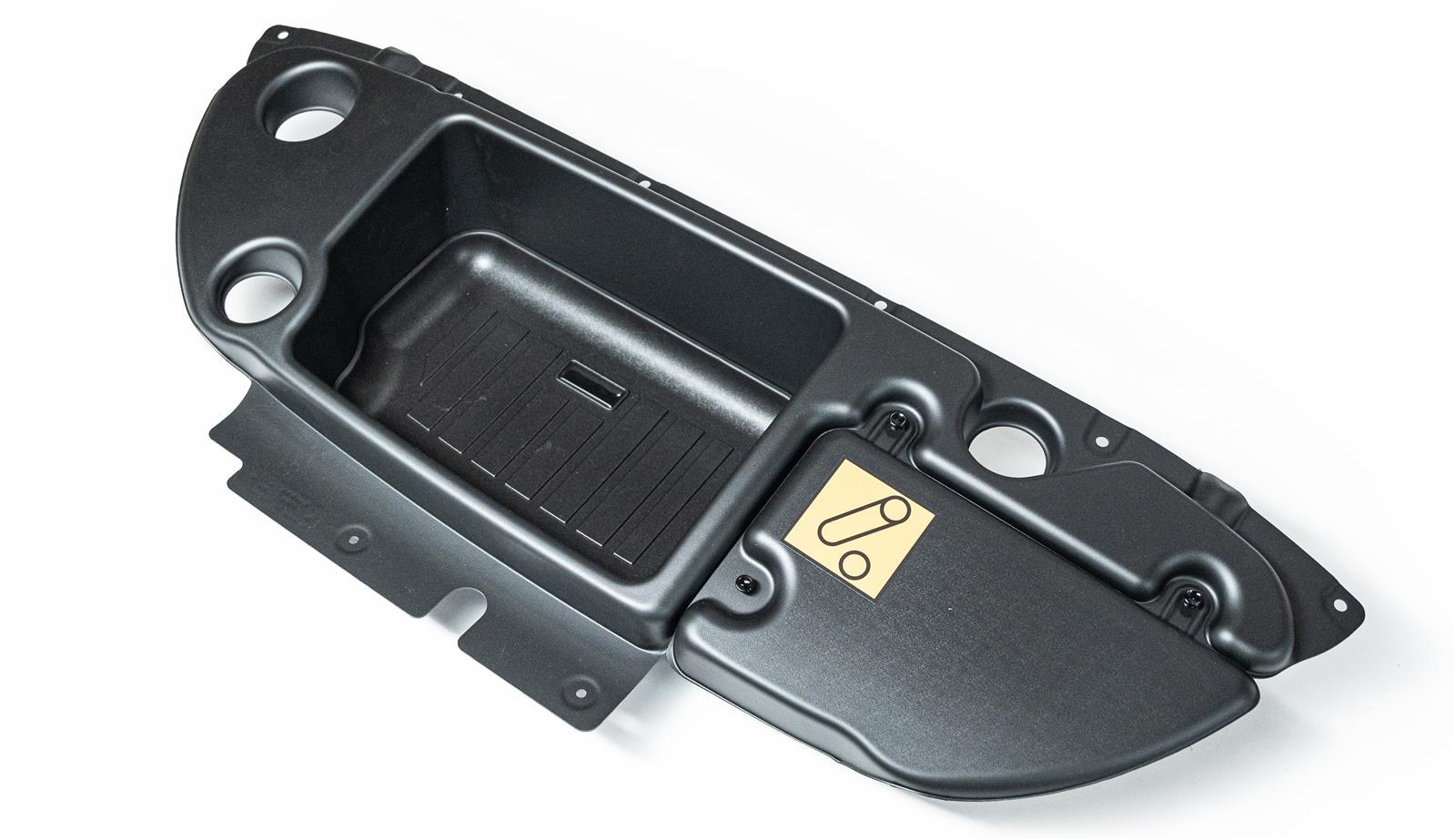Hungary becomes the center for BYD's electromobility in Europe: the 2017 opened Byd plant Komárom receives an 80 million euro extension. From 2027 there should be annually there Up to 1,250 electric buses And electric trucks roll off the assembly line-three times as many as today. What does this mean for the European public transport market and BYDS localization strategy?
Why BYD is strongly expanded in Hungary
-
Investment & funding
-
BYD invested 32 billion forint (~ 80 million €)
-
Hungary participates with 3.1 billion forint (~ € 7.8 million) funding
-
-
Jobs & know-how
-
620 new jobs on site
-
Cooperation with three Hungarian universities for research & development
-
-
Local value creation
-
Additional battery assembly works in Fót and Páty are already active
-
Europa-HQ & F & E-Labor move to Budapest by 2026
-
Capacity leap on 1,250 e-buses
| Year | Production capacity Komárom | Product range |
|---|---|---|
| 2024 | ~ 400 buses/year | 12-18 m e-buses, e-truck prototypes |
| 2027 | 1,250 buses/year | City & Intercity buses, e-trucks |
This will cover BYD round in the future 15 % of the forecast EU requirements for new e-buses away.
Hungary as a new BYD hub
-
Auto plant Szeged Starts at the end of 2025 (Dolphin, Atto 3, Surf/Seagull)
-
Europa-HQ Budapest Creates thousands of high-tech jobs
-
Strategy in response to EU tariffs: "East-West cooperation as an opportunity" (Foreign Minister Szijjártó)
Effects for municipal utilities & operators
-
Shorter delivery times Thanks to EU production
-
Lower transport emissions Opposite import from China
-
Competitive pressure on European manufacturers - falling bus prices probably
Conclusion
With the tripling of the capacity in Komárom, BYD brings its e-bus offensive right in front of Europe's front door. Stadtwerke can look forward to more selection and faster availability, domestic manufacturers have to counter even more.


